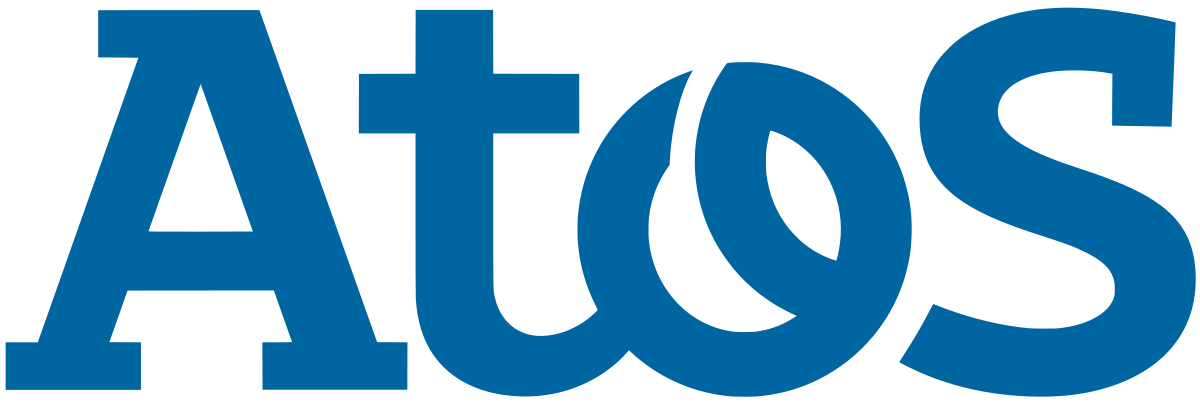-
StatusCompleted
-
Status date2019-07-01
-
Activity Code6A.035
There are many expectations on a generic EGSE, but some of the major objectives during the project execution was:
- speeding up the integration process,
- overall system performance,
- increasing the usability for its end-user;
The toolchain has been designed to seamlessly work together providing the operator an EGSE with necessary tools to efficiently focus on the essential testing campaign.
There have been two major challenges to solve:
First, major EGSE elements have been designed using a web-based interface. Against traditional EGSE where a local GUI is necessary, this concept allows the results analysis and control of the EGSE from remote locations using standard web-browsers.
Second, since the EGSE implements its measurements for parallel execution, this complexity was to be hidden from the integration tasks as much as possible. Not every RF engineer needs to know how to safeguard in multi-threaded environments.
The Telco EGSE can even be installed in headless VMs (Virtual Machines) since it is fully remote controllable. The web-based interface of its tools like reporting, synoptic, configuration editor and the client-server architecture of its main test-software makes it unique along traditional test-systems.
With its complete toolchain the Telco EGSE comes as a turn-key solution for various project requirements simplifying test and integration of various payload systems.
The Telco EGSE consists of several components, which could also be used as a stand-alone product:
- The Hypertext Reporting Tool: A web-based application for result analysis. Reporting templates can be customised. Results can be easily compared across multiple Telco EGSEs.
- The Arbitrary Synoptic Tool: A web-based animated display of schematic diagrams. The schematic is interactive. Switches, devices can be operated through this interface.
- The JSON Editor: The full Telco EGSE configuration can be controlled through this web-based editor.
- The Command Definition Tool: A web-based command editor to simplify the definition of new commands with arbitrary parameters and results.
The main test-application: The main application implemented as client-server architecture. The graphical user interface is completely decoupled from the main test-software. The test-software is multi-threaded, devices can be shared between tests and are synchronized automatically. Pre-defined telemetry packets, measurement tasks and uplink modulation schemes exist to facilitate testing.
The Telco EGSE focuses on real client-server architecture. All graphical elements are decoupled from the main testing software:
- GUI: This package on the top will give access to the SCOE functionality using an OSF/MOTIF/Windows style graphical user interface (GUI) which is implemented in TCL/TK.
The GUI is operated in a separate process – independent from the main SCOE service. The GUI process can be started and closed without interfering ongoing operation of the SCOE service. Remote Control can be even operated without a started GUI.
The communication between SCOE service and SCOE GUI is realized via a local TCP/IP connection.
- Remote Control: All tasks related to the communication with the CCS are handled in this module. This includes the command interpreter which performs function calls to the associated procedures in the SCOE software.
- Test Software: The “internal logic” necessary to implement the functionality of self-tests, calibrations, measurements and status/measurement reports. Later in this document all this functionality is summarised as test-sequence.
- Device Drivers: Translates requests from the Test Software to device specific commands such as SCPI language.
- Simulation: Each device consists of a simulation mode. If activated the requests from and to the device are intercepted and handled as if the device would respond normally. Device measurements will not be simulated, only the connect, preset, self-test and device setting is covered with this mechanism.
- Database: This module is used to store measurement and calibration data as well as data used for pass/fail analysis. A TCL interface to a COTS relational database package is used.
- Resources: Resources are all files like images and templates.
- TCL/TK and Packages: Tool Command scripting Language and related extension packages.
- HTR: Hyper Text Reporting Tool. Operated via Web Browser.
- ASD: Arbitrary Synoptic Display. Operated via Web Browser.
- JSE: JSON Editor for adapting SCOE configuration files. Operated via Web Browser.
- CDT: Command Definition Tool. Operated via Web Browser
The activity has concluded. The product is fully operational in its first mission: ONEWEB DITL RF SCOE.



